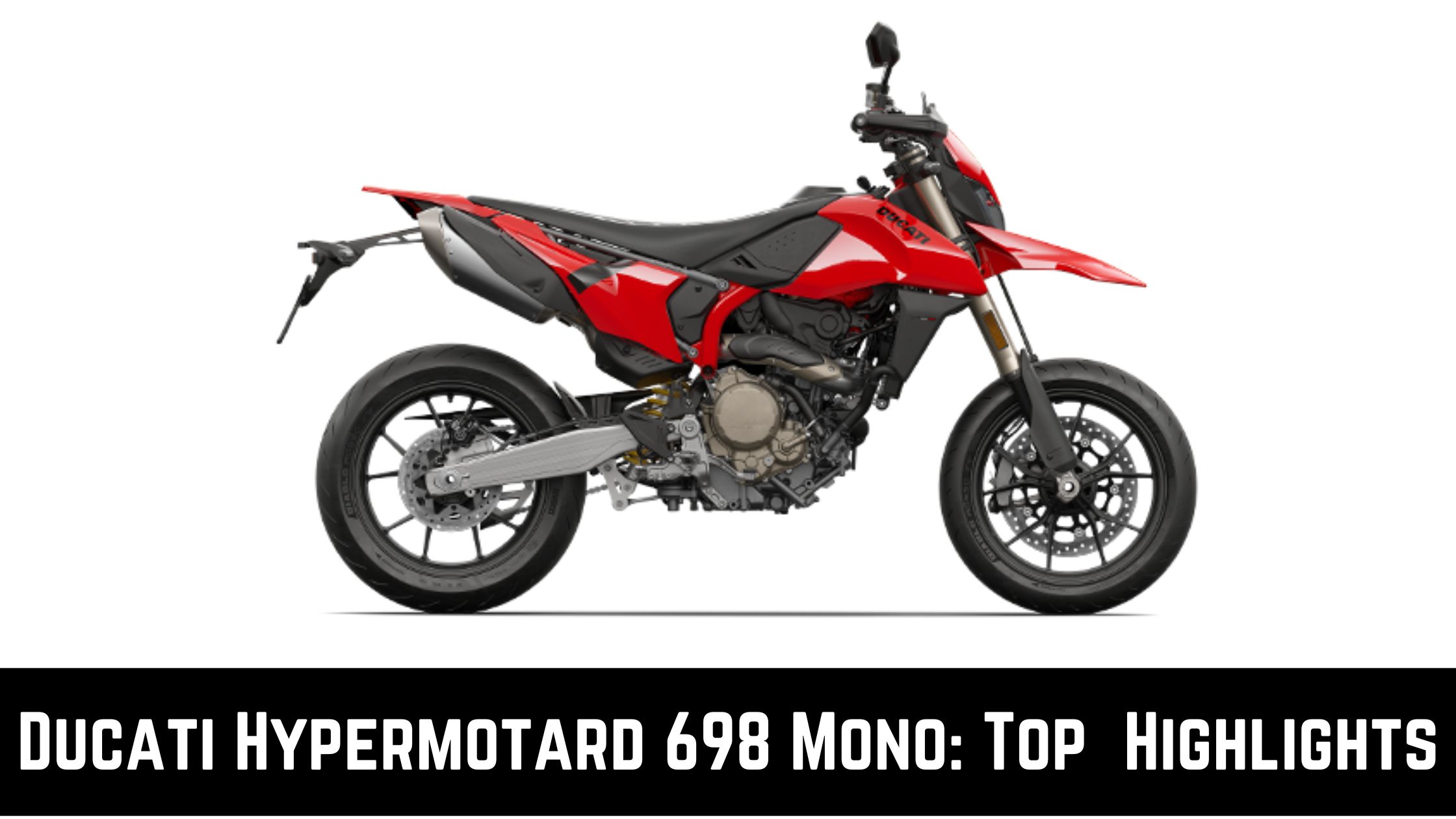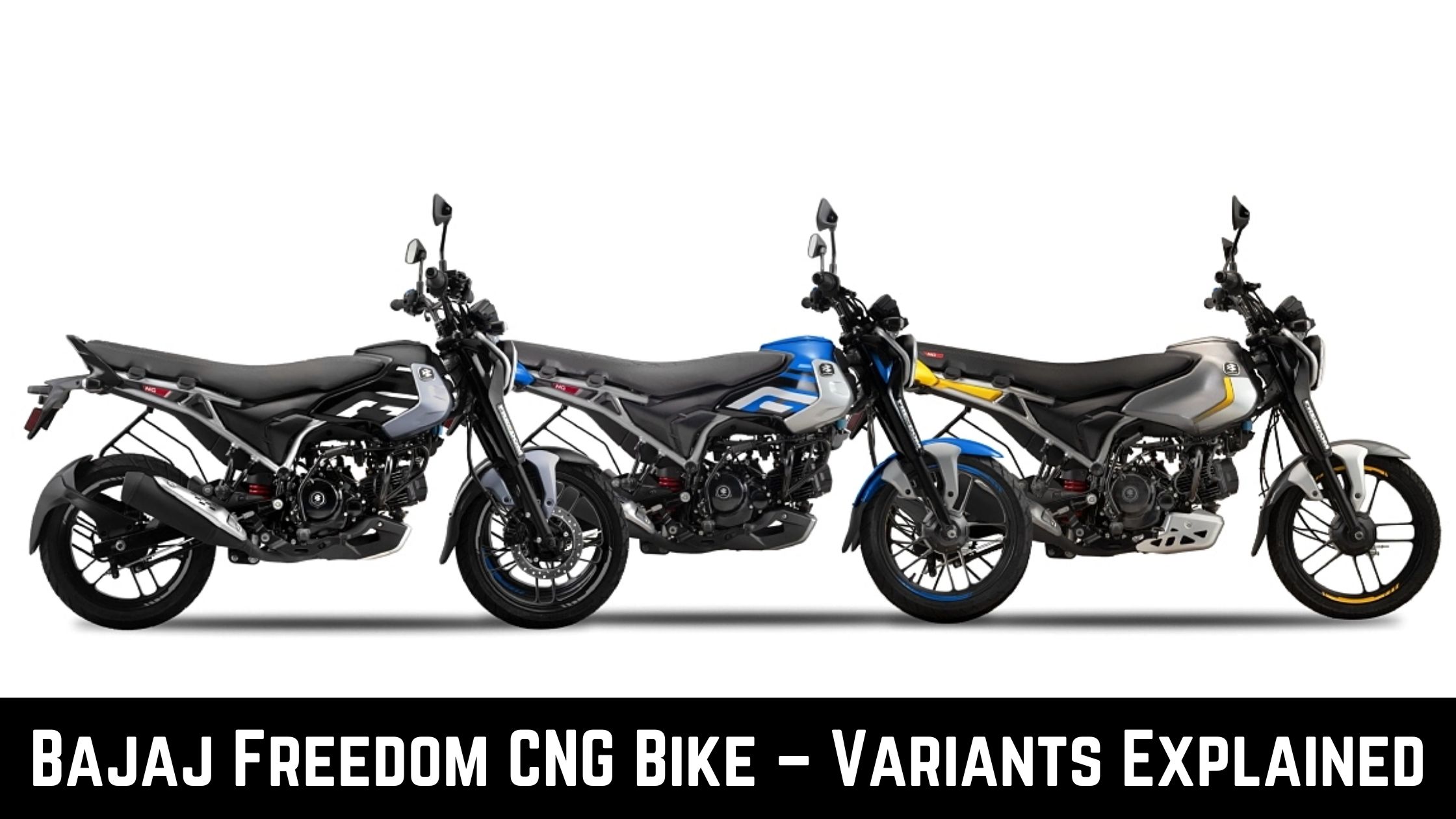
Which is better air cooled or liquid cooled engine? A commoner’s interest in motorcycles is restricted to keeping up with the newest model releases, engine sizes, and power ratings. Few individuals have a thorough understanding of how energy is produced or the mechanisms that keep motorcycles functioning smoothly. Lets start reading, Air cooled vs liquid cooled engine.
Why is Cooling So Crucial For An Engine?
The cooling system keeps a motorcycle’s engine operating at its most productive temperatures. All machines require cooling to run and perform effectively. Cooling is crucial, especially in hot areas where high temperatures harm lubricants and engine parts. Therefore, it would be accurate to say that an engine’s cooling system determines how long it will run and if it will survive.
Types of Cooling Systems For Bike Engines
There are mainly two types of cooling systems for bike engines.
- Air-cooled
- Liquid-cooled
1. Air Cooled Engines
An IC engine called an air-cooled engine circulates air over the engine to keep it cool. Air-cooled engines rely on the direct airflow through heat-dissipating fins or other hot regions to cool them.
A significant portion of the heat produced by all combustion engines (about 44 percent) escapes through the exhaust, not the metal fins of an air-cooling engine (12 percent). Approximately 8% of the heat energy is passed to the oil. Which also functions as a chiller to dissipate heat despite being primarily intended for lubrication.
Modern vehicles typically have water-cooled engines circulated by hoses, water pumps, and radiators. Engine heat is transmitted to the coolant, which is then cooled in the radiator and circulated.
This is not what air-cooled engines want. They rely on plain air to keep them cool. Since even water-cooled engines need air to cool the radiator fluid, all machines are technically air-cooled. But let’s not pick at tiny details.
Modern air-cooled engines are utilized in motorcycles. General aviation aircraft, lawnmowers, generators, outboard motors, pump sets, saw benches, and auxiliary power units are typically used in areas where liquid cooling would not be appropriate.
Working on Air-Cooled Engine
The air-cooled engine uses the air cooling system. The basic principle of the air-cooled engine bikes is to allow airflow through the parts from which heat is to be dissipated, which depends upon the surface area of metal in the contact rate of flow of air, a temperature difference between hot surface and air.
Instead of using a radiator filled with liquid, an air-cooling engine dissipates heat using cooling fins cast into its cylinder head. Eliminating the radiator can use an air-cooled engine in applications where space restraints prohibit installing a radiator. Air cooled vs liquid cooled engine.
Like someone blowing on a piece of food that is too hot to consume, the cooling fins on the engine allow the wind and air to carry the heat away from the machine as it warms up.
Construction of Air-Cooled Engine
To remove heat, air-cooled engines include fins that extend from the engine. The fins are then pushed with cool air, generally by a car fan. The vehicle’s speed is sufficient for motorbikes and aircraft to circulate cool air over the engine’s fins.
Specific air-cooled engines may also incorporate ducts surrounding the motor to maintain airflow to the engine’s hotter sections. In some cases, baffling systems on aircraft engines direct high-pressure air onto the cooling fins.
Horizontally opposed cylinders, split farther apart than those in a regular water-cooled engine and face away from one another, are another design element that helps keep an air-cooled engine’s temperature low. As a result, air may freely pass over the fins. Some air-cooled engines also use oil coolers to maintain a low oil temperature.
2-stroke engines are air-cooled engines that run at high engine speeds. The fuel tank of this type of engine contains a mixture of gas and oil, and the oil aids in keeping the engine cool.
Additionally, a significant amount of oil in the engine’s crankcase is removed with this design. A 4-stroke engine has more difficulty cooling since the oil holds heat from the engine. Because of this, many 4-stroke engines need an external engine oil cooler to help with temperature regulation. Some of the best Air-cooled engine bikes in India are Honda Hness CB350, Yamaha FZ25, and Suzuki Gixxer SF.
Advantages of Air-cooled Engine
- Coolant leakage issues are not an issue with air-cooled engines.
- Compared to liquid-cooled engines, they warm up far more quickly.
- Coolant freezing is not a concern with these kinds of machines.
- Compared to liquid-cooled engines, they are lighter.
- They have a straightforward layout.
- They don’t call for
- Less space is needed to install this engine.
Disadvantages of Air-cooled Engine
- Large fans that are used to cool the engine can consume a lot of energy and are more expensive to construct.
- Compared to the oil-cooled engine, this one makes more noise.
- Engine Overheating is more frequent in air-cooled engines.
- Because air has a lower heat transfer coefficient, it operates less effectively.
- They need a lot of maintenance.
Applications of Air-cooled Engine
- Small engines up to 15-20 kW and aviation engines typically use an air-cooling system.
- Scooters utilize air-cooled engines.
- Both motorcycles and aircraft use them.
- They are used in tractors, autos, and recreational vehicles.
The Air-cooled vs Oil cooled vs Liquid cooled engine which one is the best? Learn the basic differences and choose the best one that suit your needs.
2. Liquid-Cooled Engines

In India and elsewhere, all high-capacity bikes have liquid-cooled engines. It guarantees reliable performance while riding fast, on uphills, and in crowded traffic. The engine temperature is kept cool and under control with this arrangement by the coolant being circulated through a network of channels that surround the cylinder.
Pros of Liquid-cooled engines
- Keeps the engine cooler than the other two options.
- Can maintain performance and high speed for a long duration
Cons Liquid-cooled Engines
- Much costlier and more complex to make
- More expensive to maintain than air-cooled or oil-cooled ones.
The liquid-cooled engine bikes in India are the most commonly used high-capacity bikes. It guarantees reliable performance while riding fast, on uphills, and in heavy traffic. The coolant is circulated through a network of channels surrounding the cylinder, keeping the engine temperature under control with this arrangement.
In air cooled vs liquid cooled engine summary, it is clear from the discussion above that liquid-cooled engines are more advanced and efficient than those that use air cooling. The majority of commuter bikes employ this technology.
The liquid-cooled engines are the most fantastic choice for racers and dirt bikes, which need tremendous performance and speed. In contrast to the KTM Duke 390 and Bajaj Dominar 400, which have liquid-cooled engines, they are incredibly efficient and environmentally friendly while working out to be a touch pricey.



